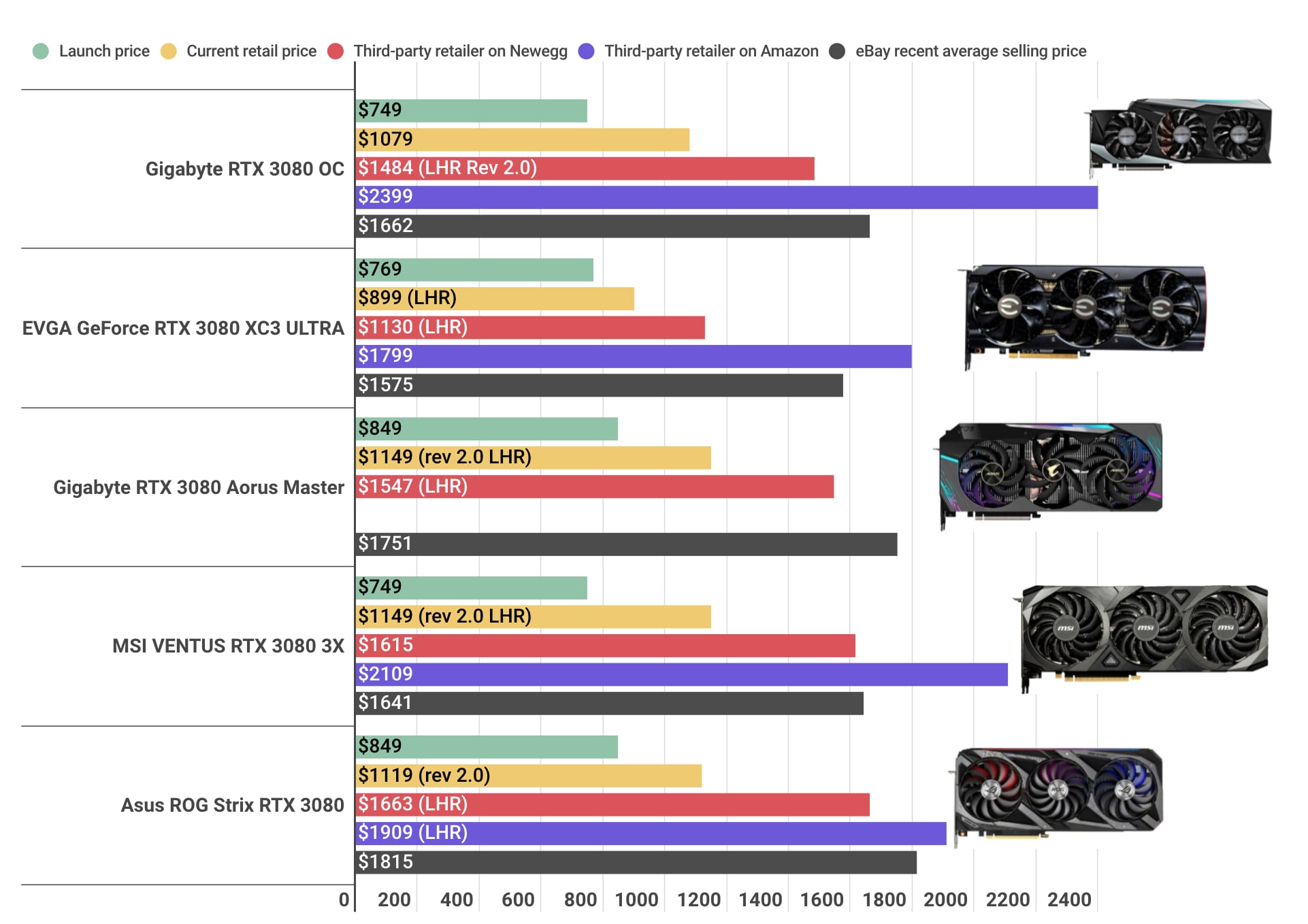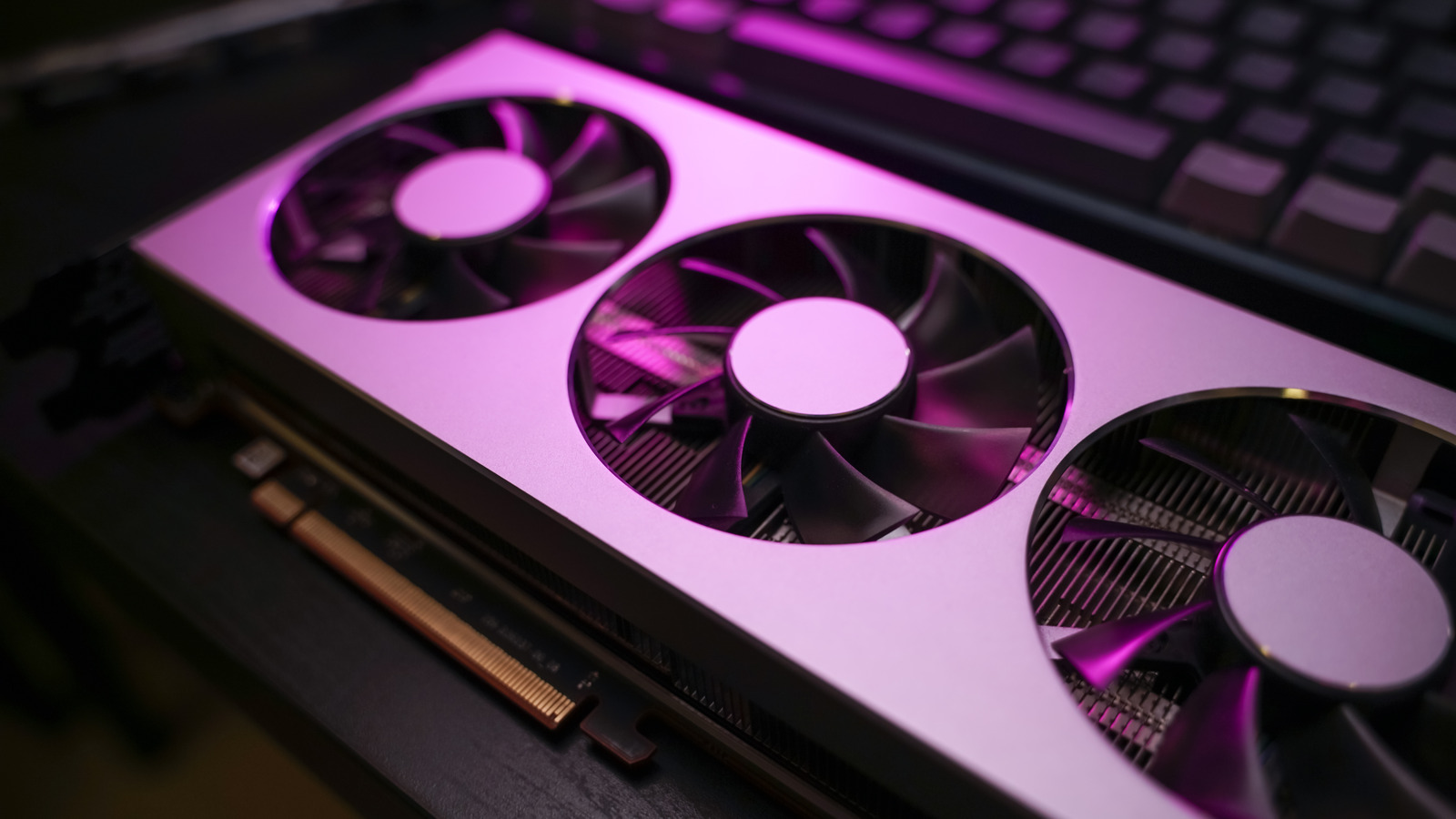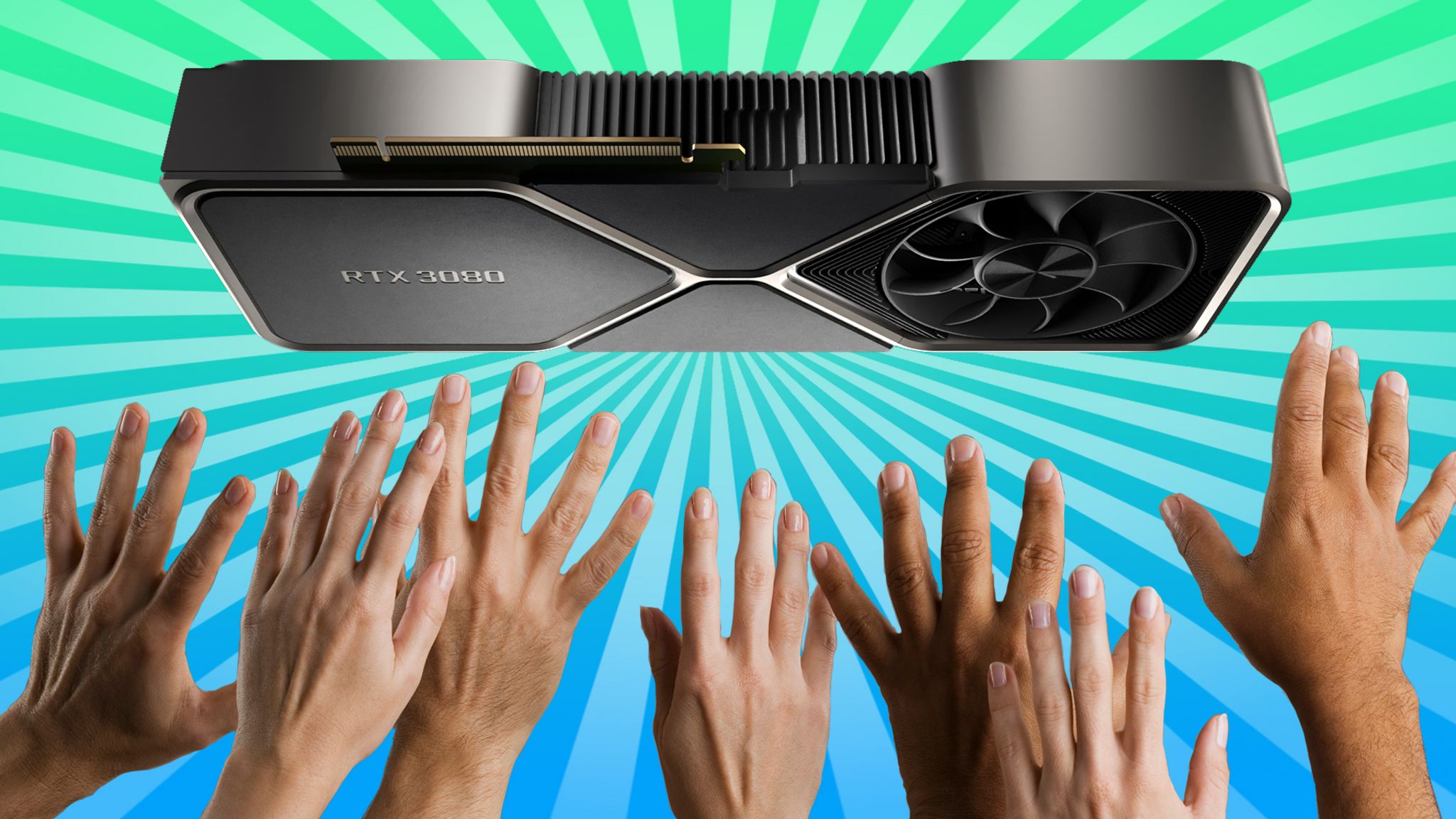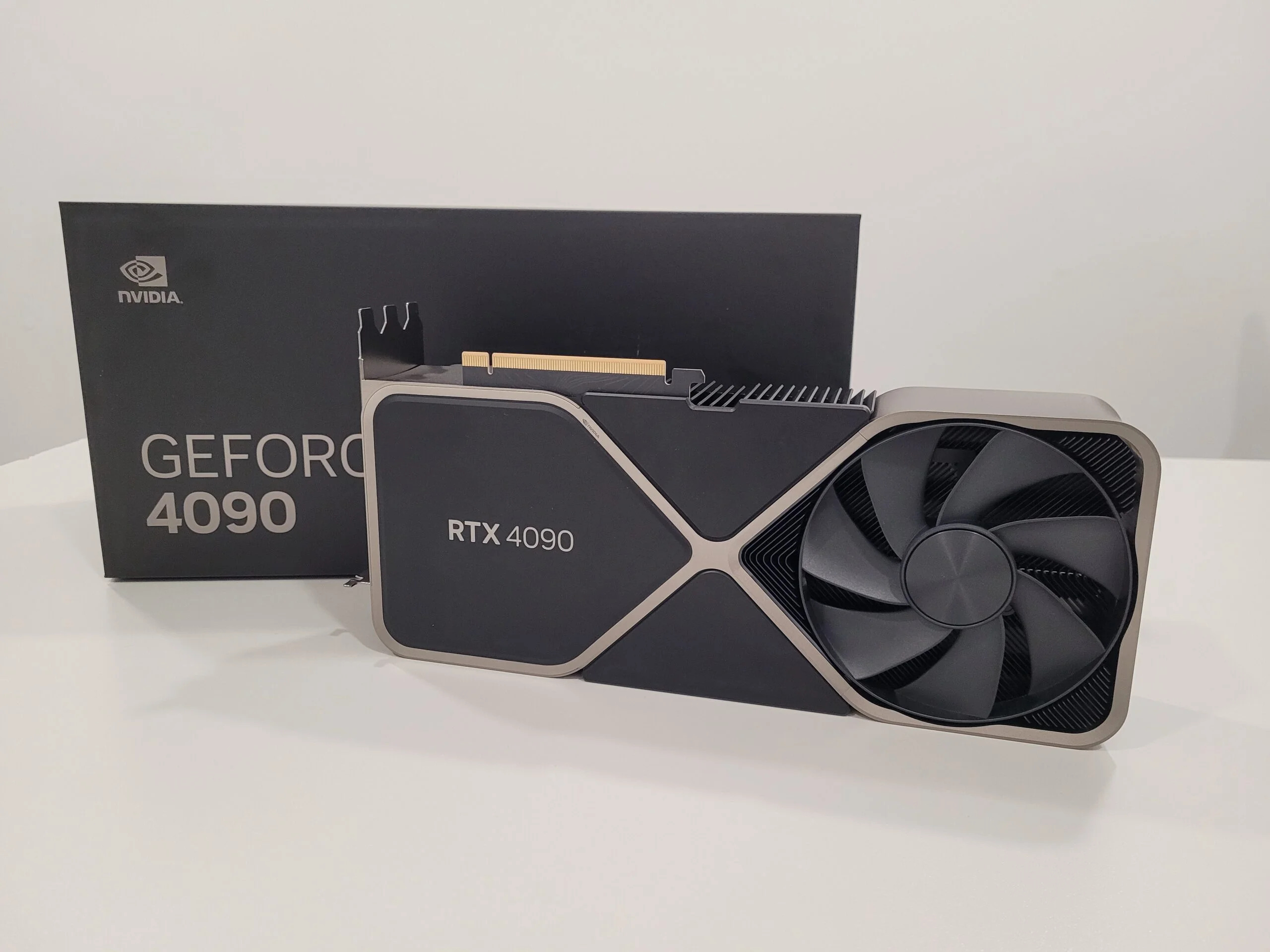Introduction
Graphics cards have become an integral component of modern computers, enabling users to experience high-quality graphics, smooth gameplay, and immersive virtual reality. However, one aspect that has left many consumers perplexed is the ever-increasing price tags on these powerful devices. In recent years, the cost of graphics cards has skyrocketed, often leaving gamers and computer enthusiasts questioning the reasons behind this seemingly excessive pricing.
The issue of expensive graphics cards can be attributed to a combination of factors that have disrupted the market dynamics. From global chip shortages to increased demand for gaming and the surge in cryptocurrency mining, multiple variables have contributed to the high prices consumers encounter today.
In this article, we will delve into the various reasons why graphics cards have become so expensive, exploring factors such as the global chip shortage, increased gaming demand, cryptocurrency mining booms, supply chain disruptions, tariffs and taxes, as well as the role of resale and scalping in exacerbating the situation. By understanding these factors, we can gain insight into the future of graphics card prices and the potential solutions that could help alleviate the financial strain on consumers.
The Global Chip Shortage
One of the primary factors contributing to the high prices of graphics cards is the global chip shortage. This shortage, which began in 2020, has significantly impacted the technology industry, including the production of graphics processing units (GPUs).
The chip shortage can be attributed to several reasons. First and foremost, the COVID-19 pandemic caused disruptions in global supply chains and manufacturing operations, leading to a slowdown in the production of semiconductor chips. The closure of factories, restrictions on international trade, and increased demand for electronics during lockdowns all played a role in exacerbating the shortage.
In addition to the pandemic-related disruptions, the rapid growth of emerging technologies, such as 5G, artificial intelligence, and the Internet of Things (IoT), has fueled increased demand for chips across various industries. This surge in demand has put additional strain on chip manufacturers, pushing supply to its limits.
Furthermore, the automotive industry has also faced a significant chip shortage, as car manufacturers rely heavily on advanced chips for features like autonomous driving and infotainment systems. The redirection of chip supply to meet automotive demands has further limited the supply available for other sectors, including graphics card production.
These factors combined have resulted in a scarcity of chips, causing supply constraints for graphics card manufacturers. With limited availability of chips, manufacturers are unable to keep up with the demand, leading to higher prices for consumers.
While efforts are being made to ramp up chip production and address the shortage, it may take some time before the supply returns to normal levels. In the meantime, consumers can expect graphics card prices to remain high due to the limited availability of chips.
Increased Demand for Gaming
Another significant factor driving up the prices of graphics cards is the increased demand for gaming. Over the past decade, the gaming industry has witnessed exponential growth, thanks to advancements in technology and the rise of esports. As more people turn to gaming for entertainment and connection, the demand for high-performance graphics cards has surged.
Modern video games are becoming increasingly sophisticated, with stunning visuals, immersive worlds, and realistic graphics. To experience these games at their fullest potential, gamers require powerful hardware, including high-end graphics cards.
Moreover, the COVID-19 pandemic and subsequent lockdowns have further fueled the demand for gaming. With people spending more time at home, many turned to gaming as a way to pass the time and stay connected with friends and communities online. This surge in gaming has led to a surge in demand for graphics cards, as consumers sought to upgrade their systems or build new gaming rigs.
The increased demand for graphics cards has put strain on the supply chain, as manufacturers struggle to meet the ever-growing needs of gamers. This high demand has created a seller’s market, with limited supply and high competition driving up prices. Graphics card manufacturers have taken advantage of this situation, pricing their products accordingly to maximize profits.
Furthermore, the trend of esports and content creation has also contributed to the increased demand for powerful graphics cards. Professional gamers and content creators rely on high-performance hardware to deliver smooth gameplay and create visually stunning content. As their popularity continues to rise, so does the demand for top-of-the-line graphics cards.
Given the persistent growth of the gaming industry and the increasing number of people getting involved in gaming and content creation, the demand for graphics cards is unlikely to decrease anytime soon. As a result, consumers can expect prices to remain high, especially for premium graphics cards catering to high-end gaming and professional use.
Cryptocurrency Mining Booms
Another factor contributing to the high prices of graphics cards is the boom in cryptocurrency mining. Cryptocurrencies like Bitcoin and Ethereum rely on powerful computational capabilities to validate transactions and maintain their decentralized networks. As a result, miners require high-performance graphics cards to efficiently mine these digital currencies.
In recent years, the popularity of cryptocurrencies has skyrocketed, leading to a surge in mining activities. The profitability of mining has attracted a significant number of individuals and organizations looking to capitalize on the potential financial gains. This increased demand for graphics cards from miners has further strained the supply and driven up prices.
Graphics cards, specifically those with high hash rates and efficient power consumption, are highly sought after by miners. The demand for these specific models has caused shortages and prompted manufacturers to increase prices to meet the rising demand.
Furthermore, the emergence of altcoins, alternative cryptocurrencies to Bitcoin, has further driven the demand for graphics cards. Some altcoins, like Ethereum, are still profitable to mine using graphics cards, leading to an increased need for powerful GPU solutions.
The cryptocurrency mining industry operates on a constant race to maximize efficiency and profitability. Miners often engage in large-scale operations, known as mining farms, where multiple high-performance graphics cards are used simultaneously. These farms are equipped with a significant number of GPUs, putting additional strain on the already limited supply.
It’s worth noting that fluctuations in cryptocurrency values can also influence the demand for graphics cards. When the value of a particular cryptocurrency increases, more individuals enter the mining market, leading to a higher demand for mining hardware like graphics cards.
While cryptocurrency mining can be a lucrative venture, the resulting surge in demand for graphics cards has had negative consequences for consumers. Gamers and hardware enthusiasts often find themselves competing with miners for the same limited supply of graphics cards, driving up prices and making it more difficult to obtain these components at a reasonable cost.
As long as cryptocurrencies remain popular and profitable, the demand for graphics cards from miners is likely to persist. This ongoing demand will continue to impact the prices of graphics cards, making them more expensive for the average consumer.
Supply Chain Disruptions
Supply chain disruptions have played a significant role in the increased prices of graphics cards. The complex process of manufacturing and distribution involves multiple stages, from sourcing raw materials to assembling and delivering the final product. Any disruptions along this supply chain can result in delays, shortages, and increased costs.
The COVID-19 pandemic has had a profound impact on global supply chains, with factory closures and transportation disruptions causing major setbacks in production and distribution. Manufacturing plants were forced to temporarily shut down or operate with reduced capacity, leading to a decrease in the number of graphics cards being produced.
In addition to the pandemic, other factors such as natural disasters, trade wars, and geopolitical tensions have further disrupted the supply chain. For example, tariffs imposed on imported components and materials can increase manufacturing costs, which are ultimately passed on to the consumers. Similarly, trade conflicts between countries can result in restrictions and delays in the shipment of goods, exacerbating the supply chain disruptions.
Furthermore, the global nature of the technology industry means that components and materials are often sourced from multiple countries. Any disruptions in one region can have far-reaching consequences across the entire supply chain. For instance, if a key component is manufactured in a region facing political instability or natural disasters, it can cause a domino effect, impacting the availability and cost of graphics cards.
Transportation and logistics have also been severely affected by the supply chain disruptions. Air freight and shipping routes have been disrupted, leading to delays in the delivery of components and the finished products. These delays further contribute to the scarcity of graphics cards and drive up prices.
While efforts are being made to address the supply chain disruptions, rebuilding and restoring these complex networks takes time. Manufacturers are working to increase production capacity, diversify suppliers, and streamline logistics to mitigate the impact of disruptions. However, until the supply chain stabilizes and returns to normalcy, consumers can expect the prices of graphics cards to remain elevated.
Tariffs and Taxes
Tariffs and taxes imposed by governments have also contributed to the high prices of graphics cards. These additional costs are often passed on to consumers, making the already expensive graphics cards even more unaffordable.
In an effort to protect domestic industries, governments may impose tariffs on imported goods, including graphics cards. These tariffs are essentially taxes on imported products, designed to make them less competitive compared to domestically produced alternatives. When graphics cards are subject to such tariffs, their prices increase to account for the additional costs incurred by the manufacturers and distributors.
Trade disputes and geopolitical tensions between countries can exacerbate the situation, leading to retaliatory tariffs and trade barriers. For instance, if a country imposes tariffs on imported graphics cards, its trading partners may respond with their own tariffs on that country’s exports. This tit-for-tat approach further restricts the flow of goods and increases costs for both manufacturers and consumers.
In addition to tariffs, taxes imposed within a country can also impact the prices of graphics cards. Value-added taxes (VAT) or sales taxes are commonly imposed on consumer goods, including electronics. These taxes are added onto the final price of the graphics card, increasing the overall cost for consumers.
The specific tax policies and rates vary from country to country, further adding to the complexity of the pricing structure. Customers purchasing graphics cards internationally may also face import duties and taxes, which further inflate the prices.
For consumers, these additional tariffs and taxes can make graphics cards prohibitively expensive. The impact varies depending on the specific tax policies in each country, but the overall effect is an increase in the final cost of the product.
Efforts are being made to negotiate trade agreements and reduce trade barriers between countries, which could potentially alleviate the burden of tariffs and taxes on graphics card prices. However, until significant progress is made, consumers can expect these additional costs to continue driving up the prices of graphics cards.
Resale and Scalping
Resale and scalping practices have further compounded the problem of expensive graphics cards. Resale refers to the act of selling a product, often at an inflated price, after its initial release. On the other hand, scalping involves purchasing products in bulk with the intention of reselling them at significantly higher prices.
Graphics cards, especially in high demand or limited edition releases, have become targets for resale and scalping. Opportunistic individuals or groups purchase large quantities of graphics cards as soon as they are available, creating artificial shortages in the market. These scalpers then resell the graphics cards at significantly inflated prices, taking advantage of the limited supply and high demand.
Online marketplaces and auction sites are common platforms where scalpers conduct their resale activities. They use automated bots that rapidly purchase large quantities of graphics cards as soon as they are restocked, often leaving genuine consumers frustrated and unable to purchase them at the original retail price.
This practice of resale and scalping contributes to the perception of graphics cards being expensive. Consumers who are unable to acquire graphics cards at their original prices may feel forced to purchase them from scalpers at inflated costs, further driving up the market prices.
Attempts have been made by manufacturers, retailers, and online platforms to counter these practices. Manufacturers sometimes implement anti-scalping measures like limiting the number of graphics cards that can be purchased per customer or implementing verified purchase systems. Retailers are also stepping up efforts to detect and prevent scalping activities on their platforms.
However, even with these measures, resale and scalping continue to persist, challenging the accessibility and affordability of graphics cards for genuine consumers.
It is important for consumers to be cautious and informed when purchasing graphics cards, especially from third-party sellers. Researching reputable retailers, setting price limits, and considering alternative options can help avoid falling victim to inflated prices caused by resale and scalping. Additionally, supporting legitimate sources and boycotting scalpers can send a message that these practices are not acceptable.
Ultimately, addressing the issue of resale and scalping requires a collaborative effort between manufacturers, retailers, online platforms, and consumers to ensure fair and accessible pricing for graphics cards.
The Future of Graphics Card Prices
The future of graphics card prices is a topic of great interest and concern for consumers. While it is challenging to predict with certainty, considering the current landscape and ongoing factors, we can make some educated assumptions.
One factor that is likely to influence graphics card prices is the resolution of the global chip shortage. As chip manufacturers increase production capacity and supply chains stabilize, we can expect a gradual improvement in the availability of graphics cards. This, in turn, may help ease the supply-demand gap and potentially lead to a stabilization of prices.
However, it is important to note that the demand for graphics cards is expected to remain high, driven by factors such as increased gaming popularity and the continued growth of cryptocurrencies. If the demand continues to outpace supply, prices may remain elevated, even after the chip shortage is resolved.
Moreover, technological advancements and the release of new graphics card models can also impact prices. When new generations of graphics cards are introduced, older models may experience price drops as consumers shift their attention to the latest offerings. However, premium versions of the latest models could still command high prices due to their advanced features and performance capabilities.
Additionally, government policies, such as tariffs and taxes, can continue to influence graphics card prices. Changes in trade relations between countries or the implementation of new trade policies can result in fluctuations in prices as manufacturers adjust to the changing market dynamics.
Another aspect to consider is the ongoing efforts to combat scalping and resale practices. If successful, these measures can help prevent the artificial inflation of graphics card prices and restore fairness in the market. However, eliminating scalping entirely may be challenging, highlighting the need for continued vigilance and consumer awareness.
Ultimately, while there are several factors at play, it is reasonable to expect that graphics card prices will gradually stabilize as the chip shortage is addressed. However, the high demand for gaming, cryptocurrency mining, and the potential for future supply chain disruptions may still impact prices, making them remain relatively high compared to pre-shortage levels.
As a consumer, staying informed about market trends, monitoring prices, and being patient may be key to navigating the dynamic graphics card market. Additionally, considering alternative options, such as lower-tier models or refurbished graphics cards, can offer more affordable choices without compromising performance.
With the concerted effort of manufacturers, retailers, and consumers, alongside favorable market conditions, there is hope for a future where graphics card prices become more accessible and affordable for everyone.
Conclusion
In conclusion, the high prices of graphics cards can be attributed to a combination of factors. The global chip shortage, increased demand for gaming, cryptocurrency mining booms, supply chain disruptions, tariffs and taxes, and resale and scalping practices have all played a role in driving up the prices of these essential components for computers and gaming enthusiasts.
The global chip shortage caused by the COVID-19 pandemic and increased demand for emerging technologies has limited the supply of graphics cards, leading to scarcity and higher prices. The surge in gaming and esports popularity, coupled with the COVID-19 lockdowns, has further fueled the demand for powerful graphics cards, putting additional strain on the supply chain.
Furthermore, the proliferation of cryptocurrencies and the profitability of mining activities have attracted a surge in demand for graphics cards from miners. This increased demand has further contributed to supply constraints and price inflation.
Supply chain disruptions, including factory closures, transportation issues, and trade conflicts, have also impacted the availability and cost of graphics cards. Tariffs and taxes imposed by governments have added additional financial burdens, making graphics cards more expensive for consumers.
Additionally, the unethical practices of resale and scalping have created artificial shortages and driven up prices even further. Scalpers purchase graphics cards in bulk, artificially inflating demand and reselling them at exorbitant prices, making it difficult for genuine consumers to purchase at reasonable rates.
While efforts are being made to address these issues, such as increasing production capacity, implementing anti-scalping measures, and negotiating trade agreements, the future of graphics card prices remains uncertain. However, optimistic signs include the resolution of the chip shortage, ongoing developments in the technology industry, and consumer advocacy against scalping practices.
As consumers, it is important to stay informed, consider alternative options, and support legitimate sources to navigate the challenging market conditions. Additionally, manufacturers, retailers, and consumers need to work together to foster fair pricing practices and ensure accessibility and affordability for graphics cards.
While the journey towards more accessible graphics card prices may be complex, it is crucial to emphasize the importance of striking a balance between supply and demand while prioritizing the needs and budget of consumers.

























